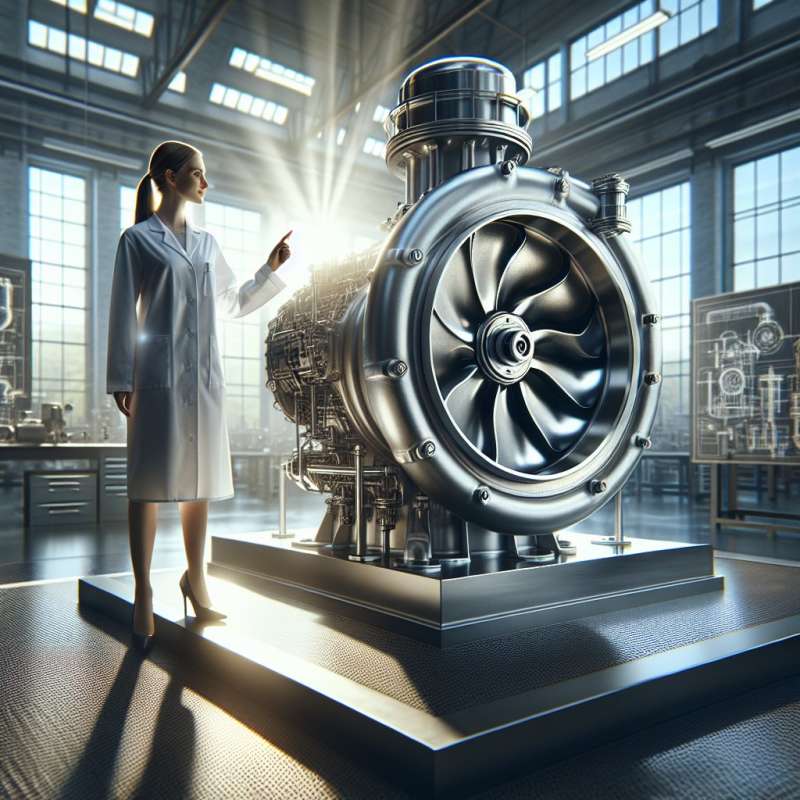
Centrifugal Pump Introduction
A centrifugal pump converts rotational energy, often from a motor, into energy in a moving fluid. Its main components include an impeller, a casing, suction, and discharge pipes.
Working Principle Explained
Liquid enters the pump impeller along the rotating axis, is accelerated by the impeller, and flows radially outward into a diffuser or volute chamber, from where it exits into the downstream piping.
Impeller Types and Functions
Impellers can be open, semi-open, or closed. Open impellers handle solid particles well, semi-open are easier to clean, and closed impellers provide the highest efficiency for clear liquids.
Cavitation: The Silent Killer
Cavitation occurs when vapor bubbles form and collapse in the pump, causing noise, vibration, and damage. It's prevented by ensuring the pump operates within its designed capacity.
Applications Across Industries
Centrifugal pumps are versatile and used in various sectors like water treatment, chemical, petroleum, power generation, mining, pharmaceuticals, and food processing industries.
Maintenance and Troubleshooting
Regular maintenance includes monitoring vibration and noise, seal replacement, and impeller adjustments. Common issues are leaks, bearing failures, and loss of pressure.
Energy Efficiency Factors
Efficiency is influenced by pump size, impeller design, and speed. Variable frequency drives can optimize efficiency by adjusting the motor speed to meet system demand.
What converts energy in a centrifugal pump?
Rotational into fluid movement energy
Electrical into mechanical energy
Fluid into rotational energy
Company